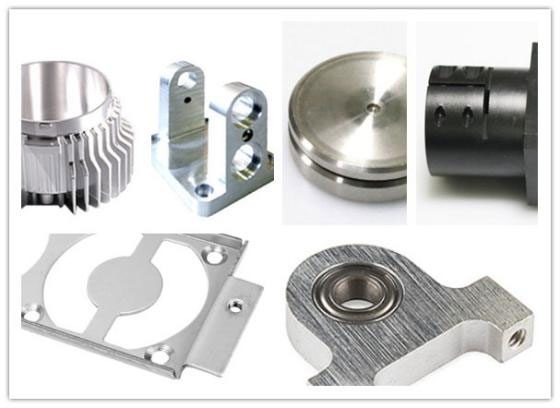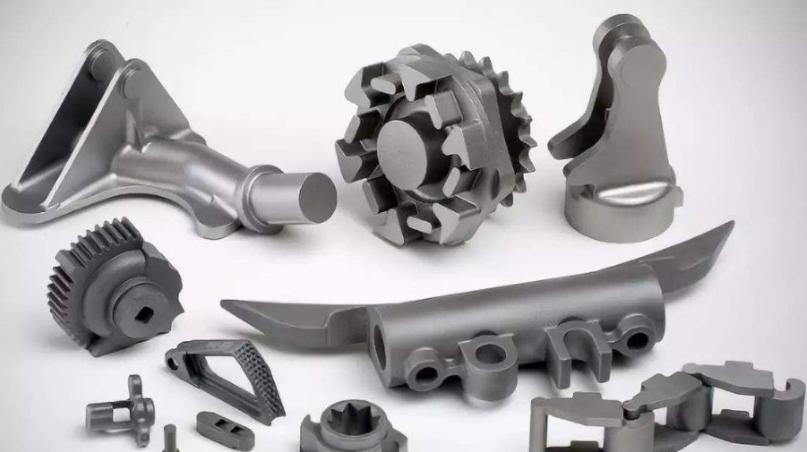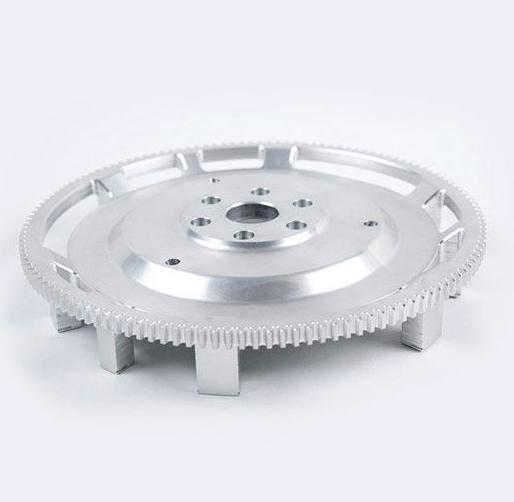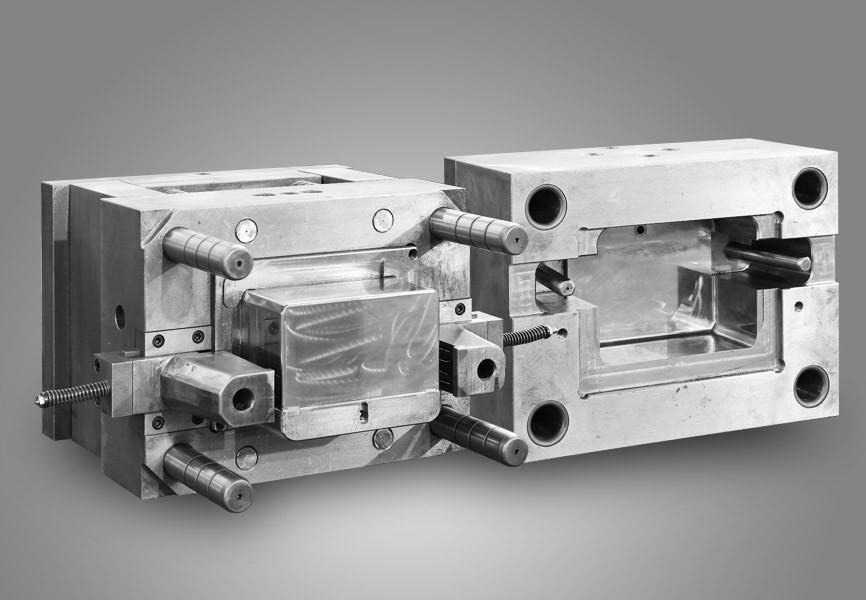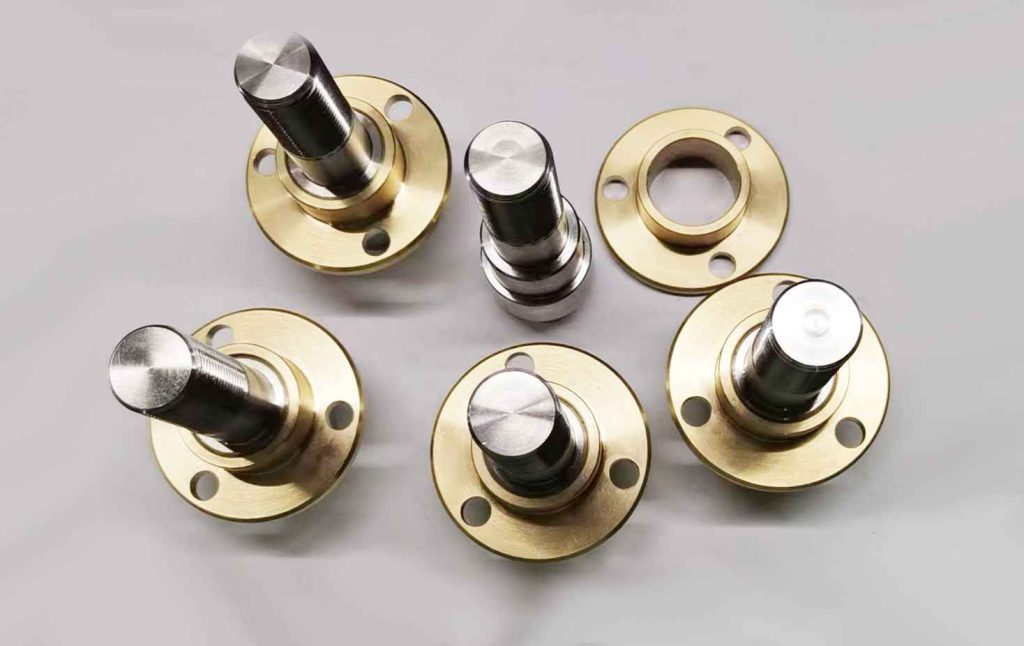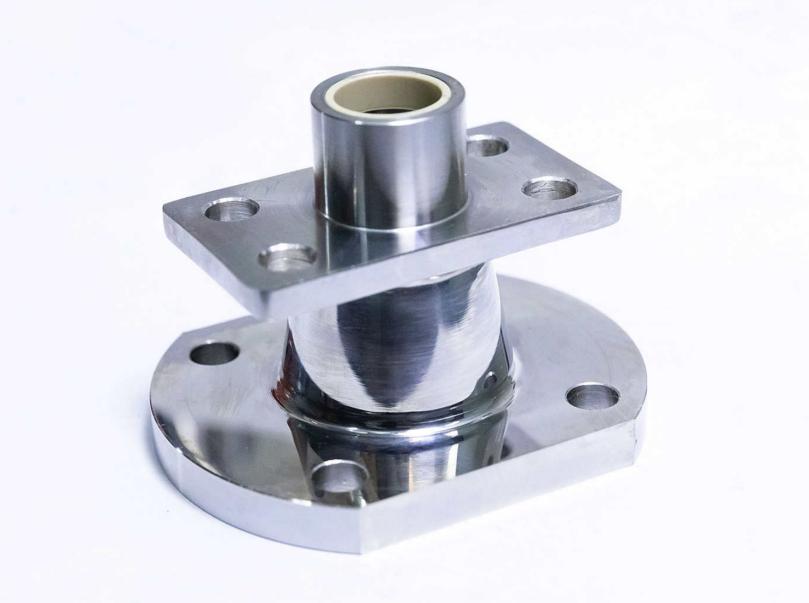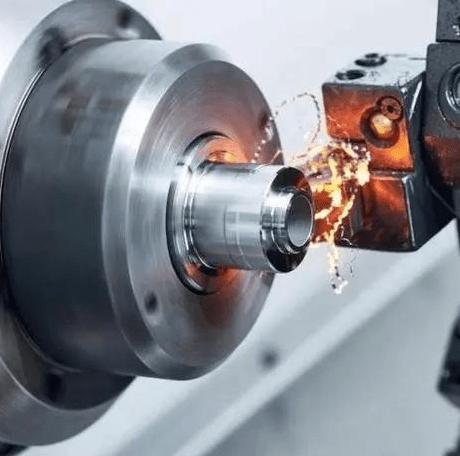In the world of manufacturing, precision is paramount. Products are expected to meet increasingly stringent quality standards, and this demand for precision has given rise to the critical concept of CNC machining tolerances. Whether it’s aerospace components, medical devices, or automotive parts, manufacturers rely on CNC milling tolerances to ensure that their products meet exacting specifications. Achieving and maintaining these tolerances, however, is not solely dependent on the machining process itself. Material selection plays an equally vital role in achieving high-precision machining tolerances. In this article, we will explore how CNC machining tolerances and material selection form a synergetic approach to producing components with the required precision and reliability.
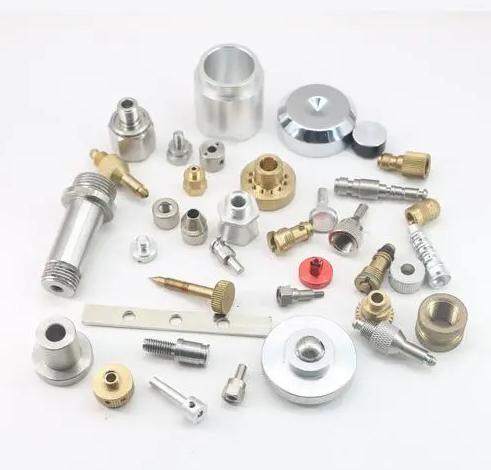
What is CNC Machining Tolerances?
CNC machining tolerances refer to the allowable variations in the dimensions and geometry of a machined part. These tolerances are specified in terms of allowable deviations from the nominal design dimensions and are crucial for ensuring that the final product performs its intended function within the required parameters.
What are the Types of CNC Machining Tolerances?
There are several types of CNC machining tolerances, including:
- Geometric Tolerances: These specify allowable variations in the form, profile, orientation, and location of features such as holes, slots, and surfaces.
- Dimensional Tolerances: These define allowable variations in linear and angular dimensions of the part.
- Surface Finish Tolerances: These control the quality of the machined surface, including factors like roughness and waviness.
- Positional Tolerances: These determine the allowable variation in the position of features relative to a specified reference point.
What is the Typical CNC Tolerances?
The specific tolerances required for a CNC machining project depend on the application and industry standards. However, typical CNC tolerances range from +/- 0.001 inches to +/- 0.0001 inches (or +/- 25.4 microns to +/- 2.54 microns). Achieving such tight tolerances is a testament to the precision and capabilities of modern CNC machines.
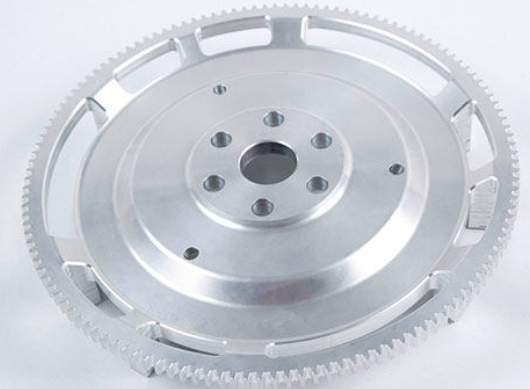
What is the Role of Material Selection in Meeting Tight Tolerances?
While CNC machines can achieve remarkable precision, the choice of material plays a pivotal role in determining the feasibility of meeting tight tolerances. Material properties, such as hardness, thermal stability, and machinability, profoundly influence the machining process.
- Hardness and Machinability
Materials with high hardness, such as tool steels or titanium alloys, can pose challenges in machining due to increased tool wear and reduced cutting speeds. Conversely, materials with lower hardness, like aluminum or certain plastics, are generally more machinable and may be better suited for achieving tight tolerances.
- Thermal Stability
Materials that exhibit dimensional stability over a range of temperatures are advantageous when CNC milling tolerances are critical. This stability ensures that the machined part maintains its intended dimensions even under varying environmental conditions.
- Material Selection Guidelines
To achieve high precision machining tolerances, manufacturers should consider the following material selection guidelines:
- Match Material Properties to Tolerance Requirements: Evaluate the specific tolerances required for the project and choose materials that align with these requirements. In some cases, it may be necessary to select materials with enhanced machinability or thermal stability.
- Opt for Proven Materials: Familiarity with a material’s machining characteristics is advantageous. Using materials that have been successfully machined in the past can reduce the risk of unexpected challenges.
- Collaboration with Material Suppliers: Engage with material suppliers who can provide guidance on material selection based on their knowledge and expertise. They can recommend materials that are best suited for achieving the desired tolerances.
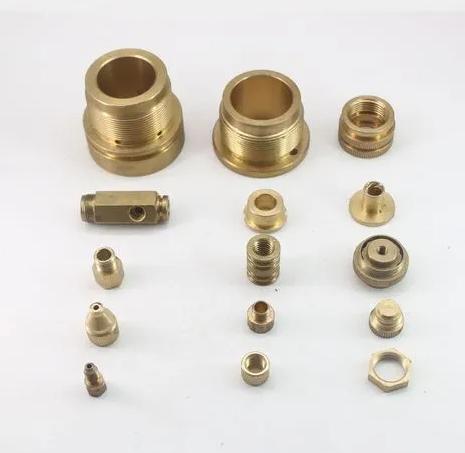
Synergy Between CNC Machining Tolerances and Material Selection
The synergy between CNC machining tolerances and material selection is evident in how they complement each other to achieve the desired precision. Here’s how this synergy works:
- Design Considerations: During the design phase, engineers must account for the material’s properties and machining characteristics to specify appropriate CNC machining tolerances. This ensures that the final product is manufactured with the selected material.
- Process Optimization: CNC machining tolerances and material selection are closely linked in the process optimization phase. Machining parameters, such as cutting speed and tool selection, are adjusted based on the chosen material to meet the specified tolerances.
- Quality Assurance: Throughout the machining process, quality control measures are employed to verify that the machined part adheres to the desired tolerances. Material properties, such as thermal expansion, are considered to minimize dimensional variations.
Conclusion
In conclusion, CNC machining tolerances and material selection are inseparable components of a synergetic approach to manufacturing precision components. To achieve high precision machining tolerances, manufacturers must carefully consider both the material’s properties and the required tolerances during the design, machining, and quality control phases. By aligning these elements, manufacturers can consistently produce components that meet the most demanding specifications, ensuring the reliability and performance of their products in various industries.


